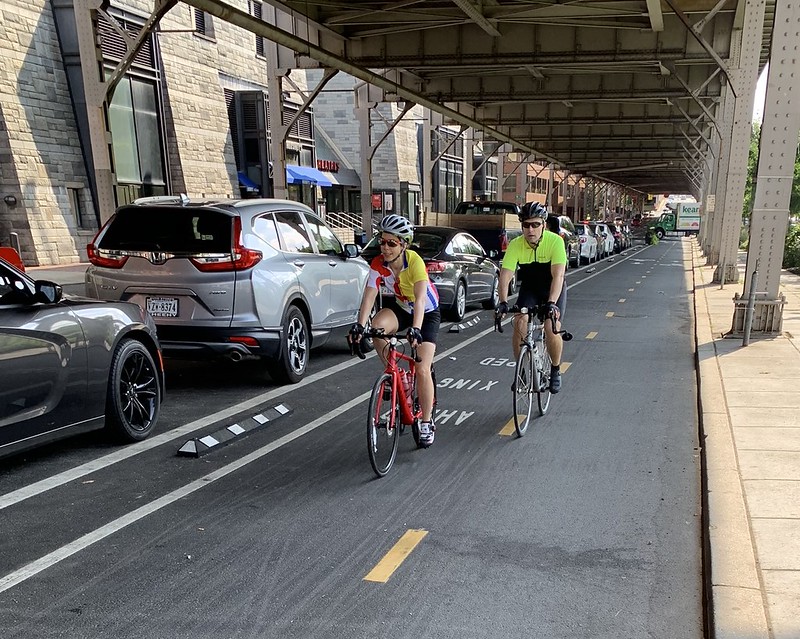WASHINGTON (Dec. 5, 2019) — The National Transportation Safety Board’s report on bicyclist safety, issued Thursday, includes 22 safety recommendations addressing issues including roadway and intersection design, collision avoidance technology, blind spot detection systems and helmet use.
Investigators identified two primary areas that, if addressed, would have the biggest effect on reducing the number of vehicle-bicycle collisions: improving roadway infrastructure for bicyclists and enhancing their conspicuity to other road users.
“This country needs a multi-faceted approach to deal with a problem that is only getting worse: more Americans are dying in collisions involving bikes and motor vehicles,” said NTSB Chairman Robert L. Sumwalt. “Complex challenges, like making cycling safer for the growing number of people getting around on bikes all over the country, means that we have to look at everything that can make a difference,” said Sumwalt. “If the recommendations issued in our report are adopted, more Americans on bikes will arrive at their destinations safely.”
The most recently released statistics show 857 bicyclists died in crashes in 2018 — a 6.3 percent increase over 2017— in a year when total road fatalities went down 2.4 percent. In those cases when a collision does occur, the NTSB said helmet use was the single best way to reduce the occurrence or severity of head injuries, which are the leading cause of bicyclist fatalities.
The NTSB held a public meeting here Nov. 5, 2019, detailing the safety issues it uncovered in its first report on bicycle safety in 47 years. An executive summary of the report was released following the meeting pending the release of the final report Thursday.

(This photo, taken in Washington Aug. 29, 2019, shows a two-way separated bike lane with parking as a barrier between bicyclists and moving traffic. NTSB photo by Ivan Cheung.)
Ten of the safety recommendations in the report were reiterated from those previously issued as a result of earlier studies on speed-related crashes, pedestrian safety and other investigations.
The 82-page report is available at https://go.usa.gov/xpEpC.
To report an incident/accident or if you are a public safety agency, please call 1-844-373-9922 or 202-314-6290 to speak to a Watch Officer at the NTSB Response Operations Center (ROC) in Washington, DC (24/7).